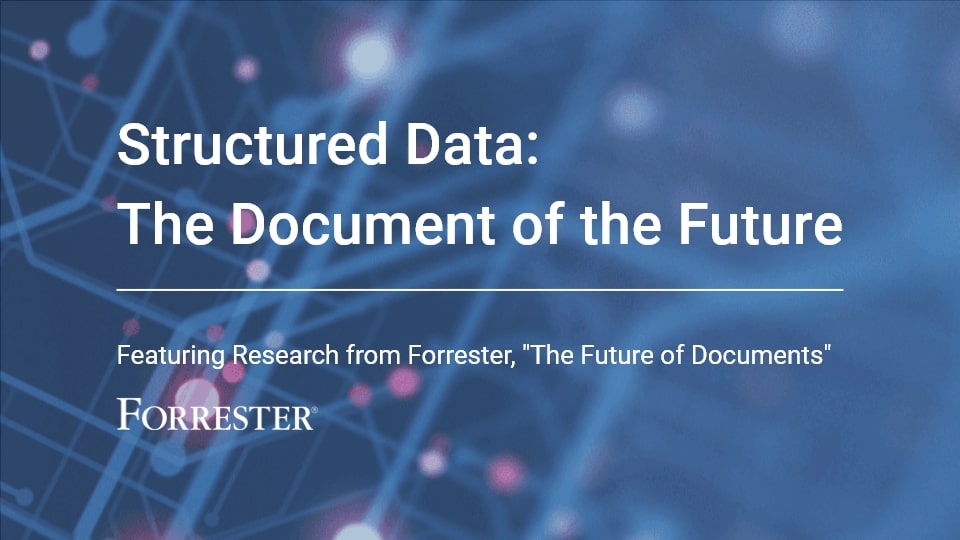In today’s publishing world, we have to prepare documents for multiple channels and in multiple formats. Conventional word processing programs come up against the limits of their capabilities fairly quickly. Programs like these only support formatting for the human eye, with no consideration for what machines, computers, or software need to do. As a result, they’re virtually unusable in terms of further processing or repurposing the content.
In a Forrester report entitled “The Future of Documents,” analyst Cheryl McKinnon predicts that in response to the demands of our digital world, document creation will undergo radical change over the next few years. The precondition for this change is structured documents with data readable by computers or software.
Structured content and layout: together, yet separate
In order to publish content easily in digital and print form in line with the “content first” principle, structure and content need to be dissociated from the actual layout of the document. This strategy calls for things like “eXtensible Markup Language” – XML for short – which stores content with structural information rather than formatting information. Semantic markup in the background renders the content machine-readable and, in turn, reusable on a wide range of channels.
Target-group-specific processing for man and machine
Accordingly, content that has been marked up semantically from end to end provides the basis for extracting the required information and data in a simple way and then automatically processing it for use as required. With this approach, the document of the future has two key properties: First, it is data-driven, and second, it is prepared and processed to accommodate the relevant target group – man and machine. And in addition, it’s adapted to suit its intended use.
“Documents that contain structured data must become the norm when they're the input for automated processes…,” confirms Forrester analyst Cheryl McKinnon in the report. Without this structure in place going forward, content won’t “work” from a technical perspective anymore.
Xeditor, the online XML editor
Structuring documents isn’t some futuristic notion – it’s already easily achievable right now – using our online XML editor, Xeditor. As a professional online WYSIWYG editor, Xeditor helps generate and edit structured content intuitively, without requiring authors to know anything about XML. Xeditor helps you work with maximum efficiency, creating media-neutral content, marking it up semantically, processing it automatically, and publishing it across all channels – whether print or digital. As the data format of the future, XML serves both target groups: man and machine.




